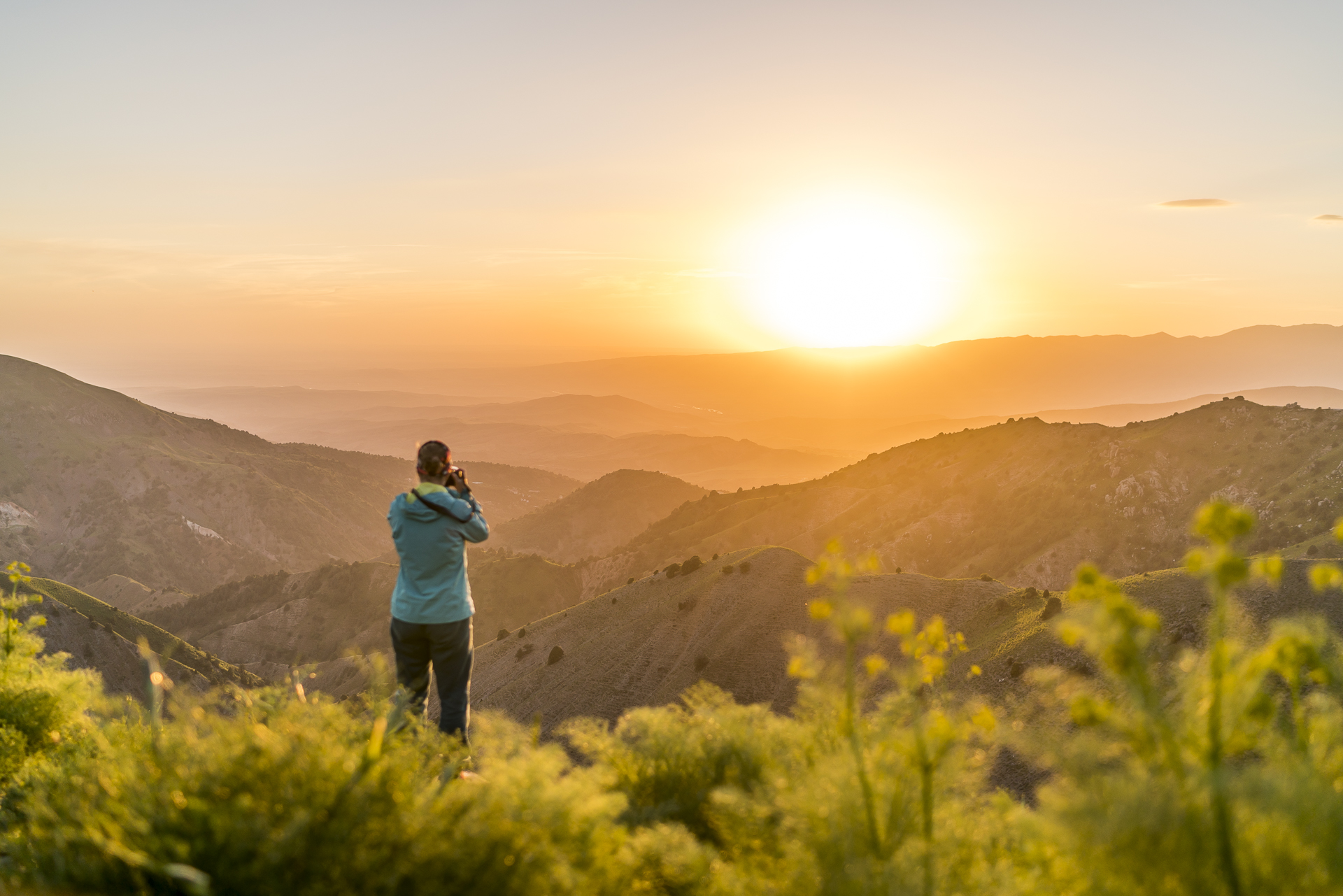
Hiking around the Great Chimgan – 5 days trekking in Uzbekistan
Trekking in Uzbekistan? Isn’t the landscape there unattractive and boring? And isn’t it way too hot anyway?
I always find it interesting to see which clichés settle in our heads and how reality deviates from them. When I was considering trekking opportunities in Central Asia while planning our big trip, I was primarily thinking of trekking in Kyrgyzstan. However, I soon realized that we were too early with our travel time at the beginning of June. So I had to find an alternative, and I found it in the Chimgan Mountains in the northeastern tip of Uzbekistan. What we found there was anything but monotonous; secluded green valleys, crystal-clear mountain streams, reddish shimmering clay, rugged rocks and yellow shining giant fennel. And who would have thought it – while we were spared from the rain on our trekking in Patagonia, I actually had to dig out the rain cover for my backpack in Uzbekistan.
Uzbekistan was the last leg of our six-month trip, and while we had planned only 5 days for Kyrgyzstan and 7 days for Kazakhstan, we calculated a total of 20 days for Uzbekistan. For the travel program, we were inspired by our travel partner Globotrek, who already supported us in the planning of the Cerro Castillo Trek in Patagonia, and booked the offer “The Golden Road to Samarkand”, which can be booked individually for two people or more, with slight modifications. A round trip that offers a beautiful combination of nature experiences in the Chimgan Mountains and the Nurata Mountains and cultural experiences in the cities of Samarkand, Bukhara and Khiva. However, since it seems impossible to me to pack 20 packed travel days into one blog post, I will concentrate in this post on the first six days of travel far away from any big city hustle and bustle in the valley landscapes around the Ugam-Chatkal National Park in the western foothills of the Tianshan Mountains.
Day 1: Drive to Charvak Lake
“We can also make good use of the 100 kilometers,” thought our driver – a likeable Chorezmier who, to our surprise, speaks French – and welcomes us in the car with his twelve-year-old son. I’m irritated at first, until I realize that our driver is offering his son the chance to practice his school English with us. And so the almost two-hour driving time from the Uzbek capital Tashkent to the starting point of our trekking at Lake Charvak flies by. But for now, we don’t have to give up the comforts of civilization. Before the trek starts, we will spend the night in a comfortable hotel bed on the shores of Lake Charvak.
Day 2: Off to the Nurekata Valley
Punctually at nine o’clock in the morning, our tour guide and translator for the upcoming trekking days will be waiting for us in front of the hotel. The first thing I want to know from him is whether he has our sleeping bags and coats with him. As a rule, you bring your own sleeping bag and sleeping mat with you on this trekking. But since I didn’t want to carry my down sleeping bag with me for six months, we had clarified the rental options in advance. “The mountain guide has packed everything,” Ulugbek reassures me. We follow the Aksay River for a short distance into the valley until we reach the winter sports resort of Chimgan. There is no trace of a barren landscape far and wide – the hills are covered by a lush green and further up I see isolated snowfields.
Up here we meet the rest of our escort team. In addition to the German-speaking tour guide Ulugbek, there is a local mountain guide and two donkey drivers who are responsible for transporting the material. Somewhat consternated, they realize that we are traveling with relatively light luggage and that we have hardly any packing material for the donkeys. I, on the other hand, still have to get used to the idea that four people will take care of us for the next 5 days. But already on the first kilometers we realize that a local accompaniment makes sense. The paths here are not signposted and not discreetly marked (in contrast to the Cerro Castillo Trek).
On the first day of trekking we have to overcome two “passes”: the Urta-Kumbel and the Chet-Kumbel – and after almost four hours of hiking (including lunch break) we reach the beautifully situated campsite on the banks of the Nurekatasay. There are no official campsites and the rule is, whoever is there earlier owns the site. The sheep and donkeys that graze there are not bothered by this. The group of soldiers, who arrive shortly after we set up our tent, are more likely. After a brief discussion, they continue to walk.
Day 3: Round trip over the Mirzabay Pass
Despite ultra-thin sleeping mats (yes, it’s worth taking your material with you), I sleep surprisingly well and am curious to see where today’s tour will take us. The day before, Ulugbek vaguely pointed to a distant summit and said “if it doesn’t rain tomorrow, we’ll hike up there”. The weather makes a good impression this morning and shortly before nine o’clock we start the tour. We don’t have to break up the camp, as we will return to this camp.
We first follow a narrow path to the end of the valley and then scramble up a steeply rising slope. While I usually make leisurely but steady progress on steep passages, our mountain guide hurries ahead at a brisk pace and makes a longer stop occasionally. Well, yes… We still have to find each other. After a good two hours, we reach the top of the pass, which seemed a long way off the day before, spread out our picnic blanket and watch the herd of horses that are also resting up here.
The circular hike over the Mirzabay Pass then leads us along the ridge back to the Nurekata Valley. After a good 5.5 hours of hiking, we are back at the camp. Luckily, I packed my bikini – so nothing stands in the way of a short refreshing bath in the mountain stream.
Day 4: Hike to Kumbel Pass
Today we have to say goodbye to our beautifully situated campsite. After breakfast, we pack up our belongings and bring the material to the donkey guides. Afterward we follow an old mule track up to the Chetkumbel Pass, where there are around 20,000-year-old petroglyphs with hunting scenes to visit. The hikes to the petroglyphs on the Chetkumbel Pass can also be done as a day hike from Beldersoy. Theoretically, there would be a chairlift to overcome some elevation gain – but the summer operating hours are inconsistent – according to our guide, the chairlift operates on the weekends.
Our taciturn but sympathetic mountain guide, my boyfriend, and I make rapid progress on the ascent to the Tschetkumbel Pass. Ulugbek, on the other hand, fights with every meter and finally lets us march ahead. He told us the night before that he was going through Ramadan for the first time. Although we are “lucky” with the weather and it is unusually “cool” for the beginning of June, I could not imagine such a trek without a sip of water in between. And today he is obviously also concerned with the substance.
At the top of the petroglyphs we take a break and admire the panorama including the Great Chimgan. With a summit height of 3,300 m above sea level, it is the highest mountain in the region. From our vantage point, we again observe a group of soldiers ascending from Beldersoy towards the Chetkumbel Pass. “Do they want to go to our campsite?” our two companions puzzle and urge us to leave.
It takes less than thirty minutes to get to the campsite on the Kumbel Pass, which is a little lower. Here, directly below the northern flanks of the Great Chimgan, a small stream flows through the barren stone landscape. This resting place is more like the picture I had in my head in advance and secretly I miss the idyllic campsite of the last two days. The soldiers also arrive, but their destination for the day is still a long way off – so far that our mountain guide says “they’ll never make it, they’ve taken the wrong turn in the valley below”. Meanwhile, together with the older of the two donkey guides, we take care of a pleasantly soft tent pad. The idea of picking giant fennel in generous quantities seems ingenious at first glance; the hard, pointed stones are now covered with a soft layer of plants. What we do not know at this time, however, is that the juice of the giant fennel, combined with the sun’s rays, forms burn blisters on the skin. One souvenir I took home from Uzbekistan are burn scars on my arms – not gorgeous, but not tragic either (and at least I learned something about the pitfalls of giant fennel).
Shortly before sunset, we climb again to the Chetkumbel Pass and admire the wonderful sunset. What a beautiful atmosphere!
Day 5: Ascent to Great Chimgan
Day 5 greets us with bright sunshine and for once, with a cloudless sky. Perfect weather for a climb to the Great Chimgan. As a precaution, our mountain guide points out that he doesn’t know if we will make it to the summit, as the snowfields are stubborn this year. Ulugbek stays behind at the camp and the three of us climb up to the Takhta Pass, where a phenomenal panorama across the Tianshan Mountains awaits us. From there, the path climbs steeply uphill and we get closer and closer to the summit. But about 200 meters below the summit, we have to abandon our endeavor. We have already successfully crossed some smaller snowfields. But there is still so much snow lying around here that it could be dangerous. We use the break to admire the flora and fauna up here and marvel at what thrives in this unreal location. Funnily enough, there are tons of ladybugs flying around – something I’ve never seen here at these altitudes.
Later we climb back to our campsite, where we spend the last night in the Chimgan Mountains. The next morning we walk to Beldersoy and from there by car back to Tashkent. The five trekking days will be remembered for a long time, not only because of the burn scars, but also because of the really surprisingly diverse landscape. The Chimgan Mountains are not “untouched” – during our trekking we crossed numerous pastoral nomads who spend the summer months up here. But this is precisely what makes this trekking so charming.
Practical tips for your trekking in Uzbekistan
- The best season for trekking in Uzbekistan are the months of May and September. It can get very hot from mid-June to August. We were on the road at the beginning of June and were lucky in that it was an unusually cool early summer, according to our guides.
- On www.openstreetmap.org you will find the main paths marked. Tips for a day hike to the petroglyphs are also well prepared in the latest Uzbekistan travel guide from Dumont. In principle, it is possible to move individually in the Chimgan area, although I would only recommend this if you have the appropriate knowledge of Russian.
- As with hut tours in the Alps, pack enough layers. While it can get very hot during the day, it cools down quickly in the evening. I was glad to have my down jacket.
- For the rental of sleeping bag and sleeping mat we paid 8 dollars per day per person. The rest of the trekking equipment (tent etc.) was included in the booking price. The prices for such 5-day treks are in the range of around 300 dollars per person.
- Take a headlamp and enough reading material with you: we each walked for about half a day and spent the rest of the time reading in the camp.
- We had full board included on our trekking; Breakfast and dinner were served in the camps and for lunch our mountain guide took a lot of provisions with him. We tried to explain to him on the first day that we didn’t need any big picnic breaks during the hike, but he somehow didn’t want to understand that.
- Our escort crew set up a toilet tent on both campsites, which I thought was really great. Without a toilet tent, I find the daily trip to the toilet very unpleasant, especially in such barren environments as on the Kumbel Pass, and also for the environment such a hole in the ground, which is covered with earth at the end, is better.
- At the end of the tour, the crew is happy to receive a small thank you in the form of meaningful souvenirs from Switzerland (e.g. a pocket knife or a micropur) or a tip (preferably in dollars, as the Uzbeks don’t really trust their own currency – the sum).
Note: Our trip through Uzbekistan was supported by the Swiss trekking specialist Globotrek.


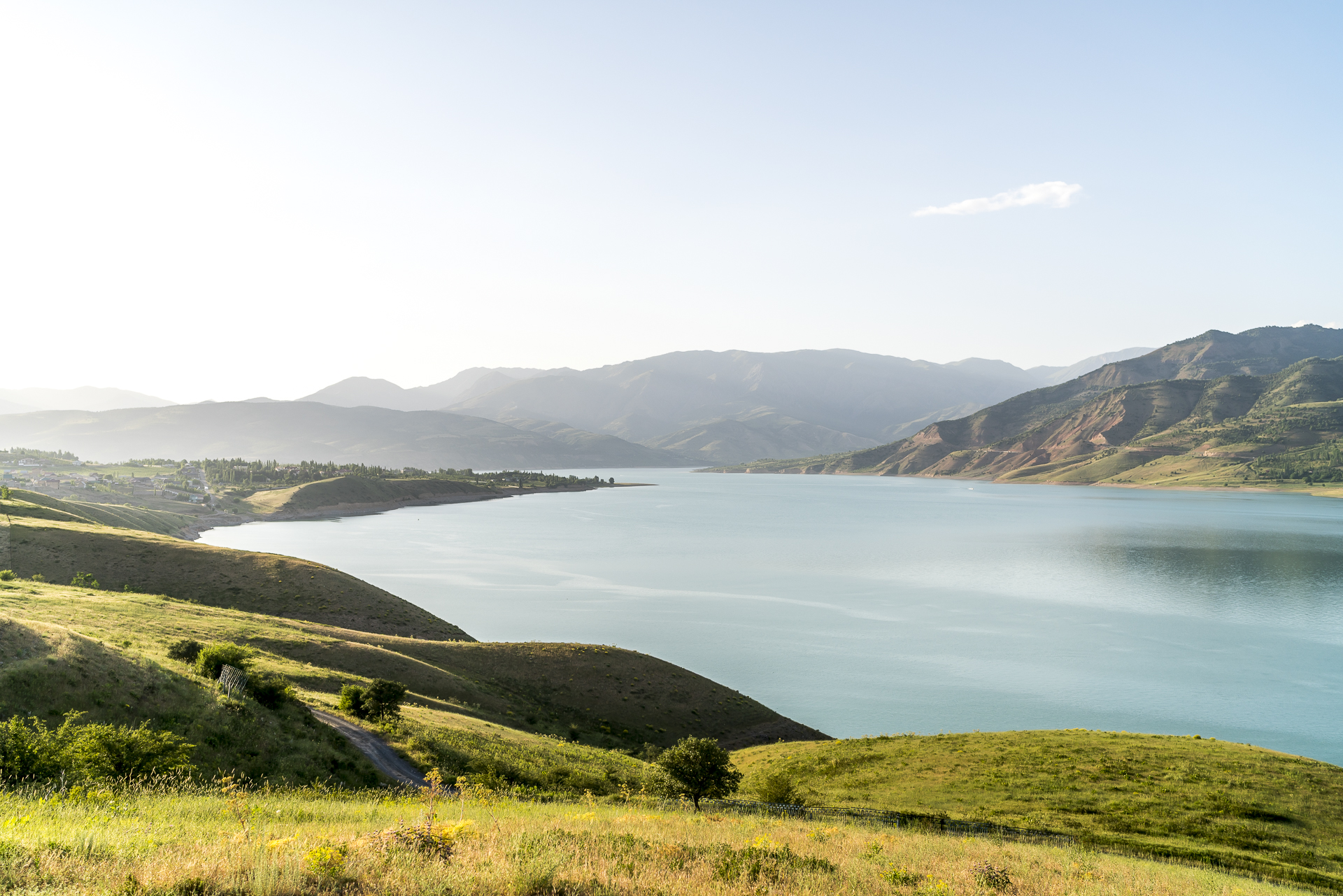
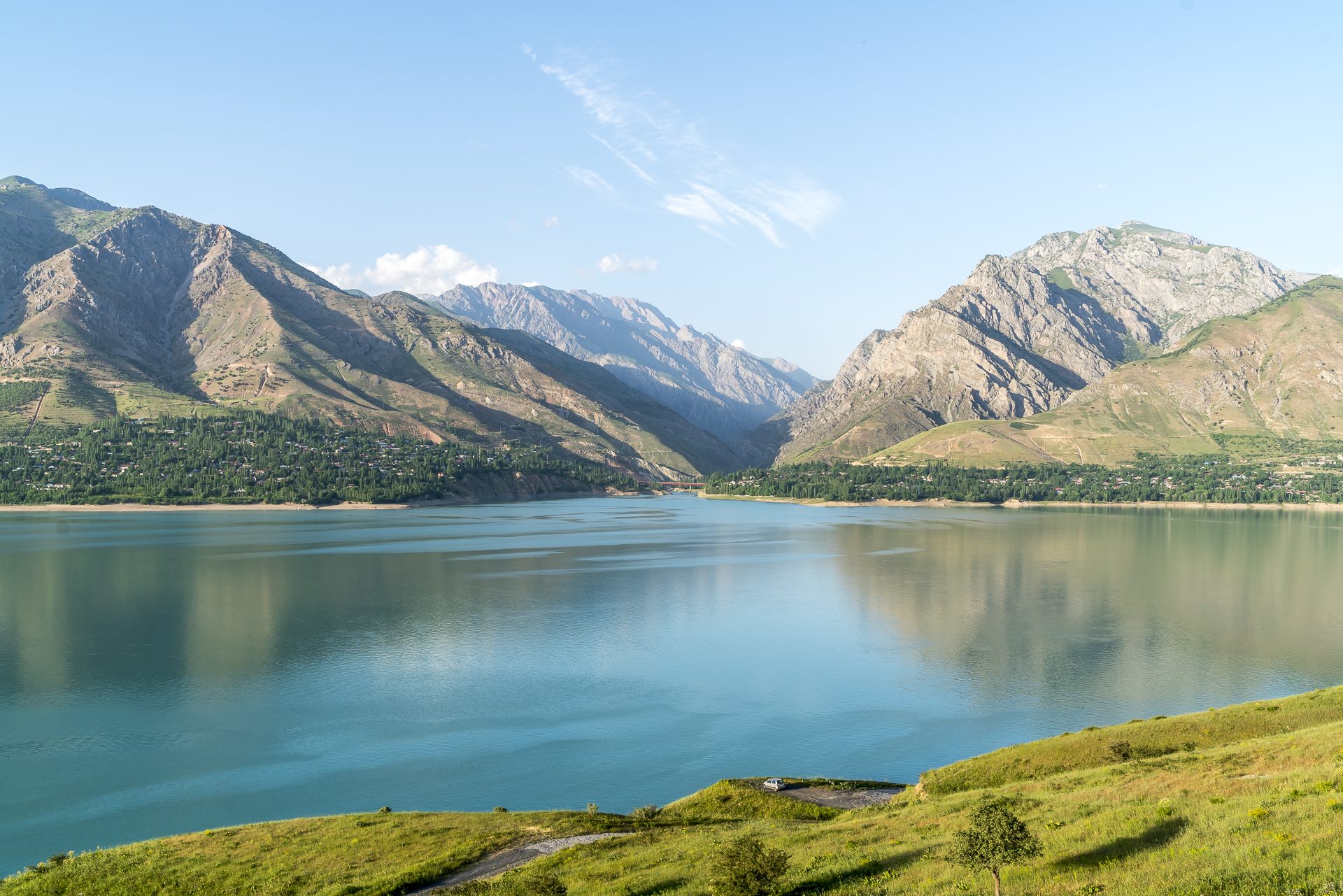
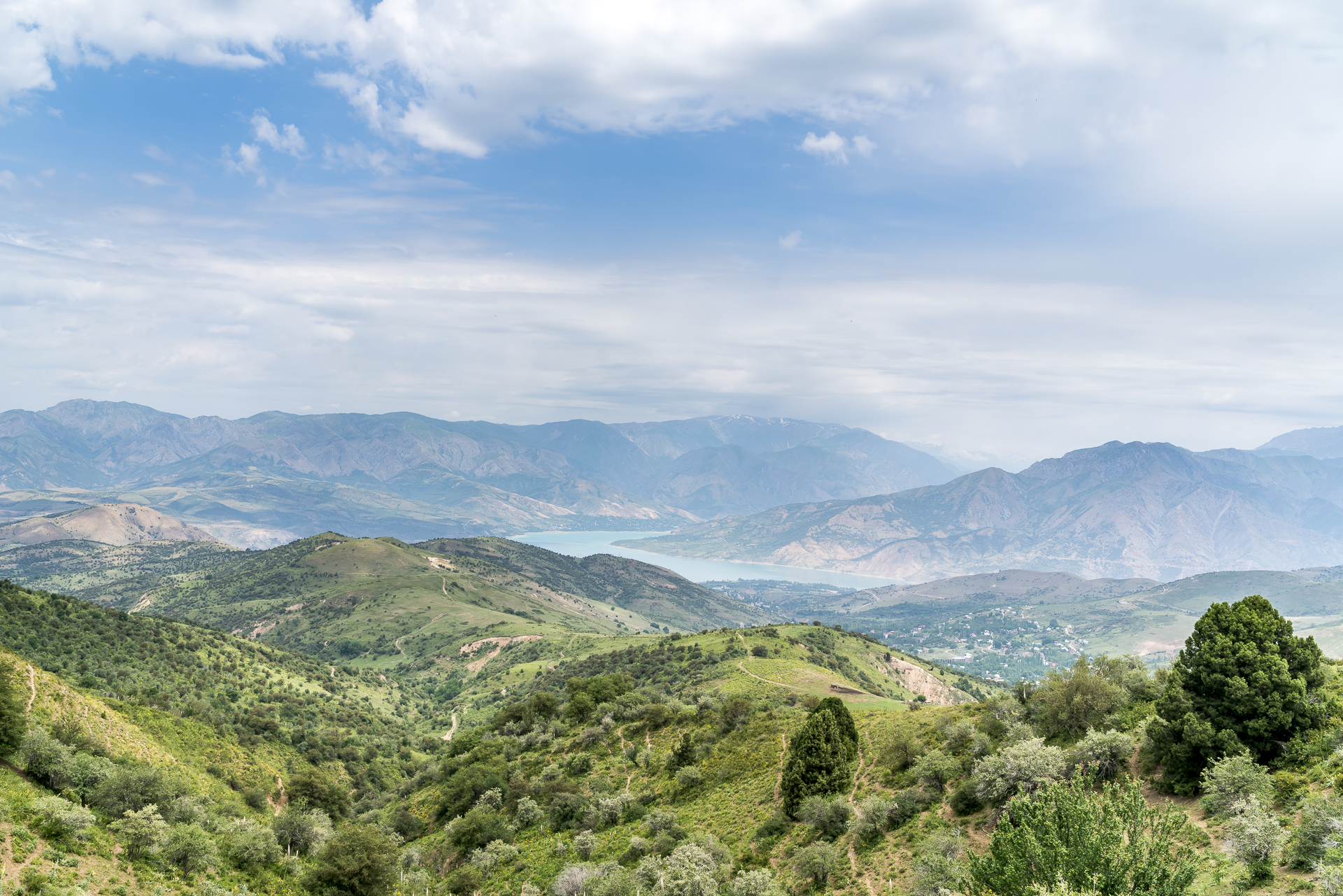
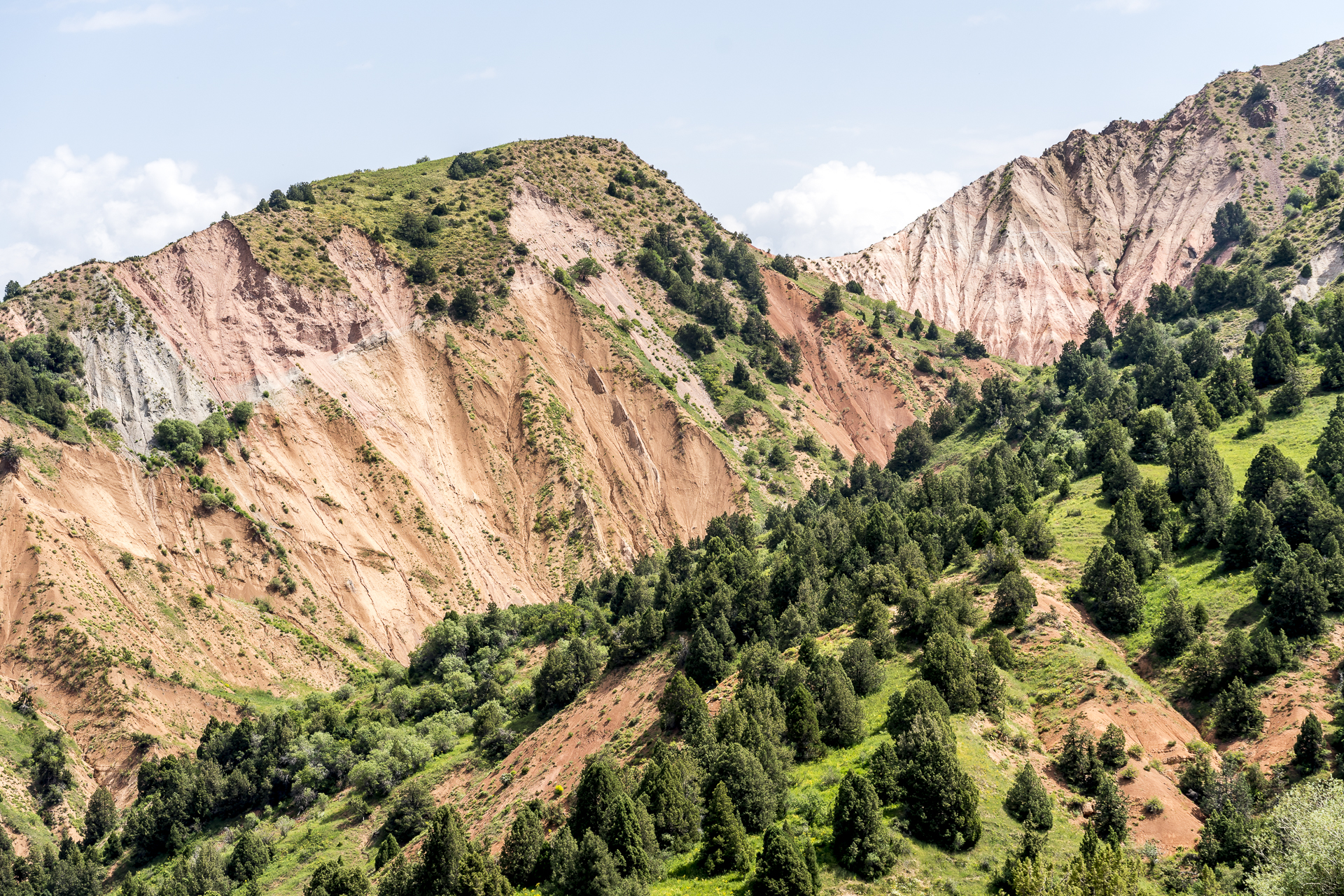
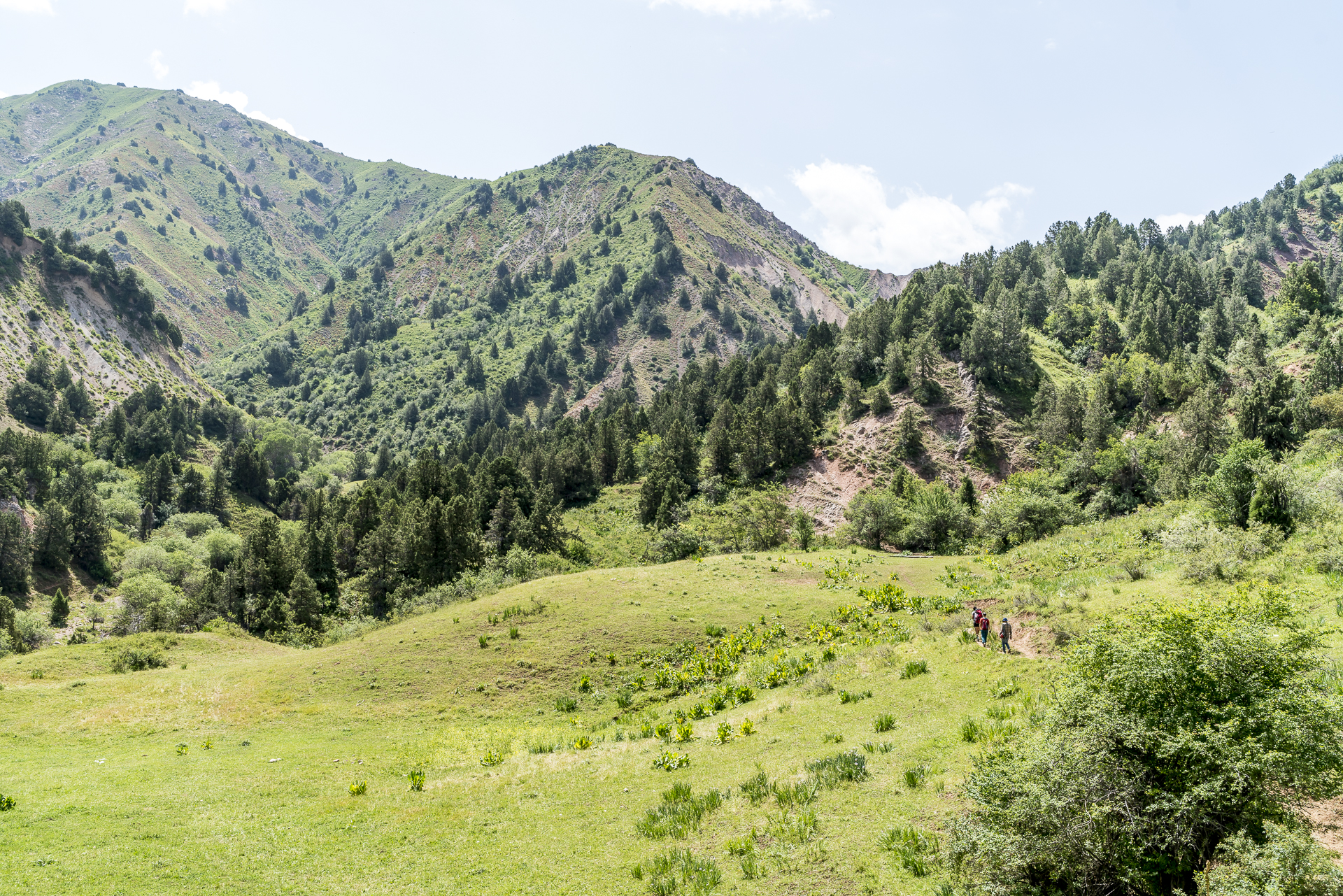
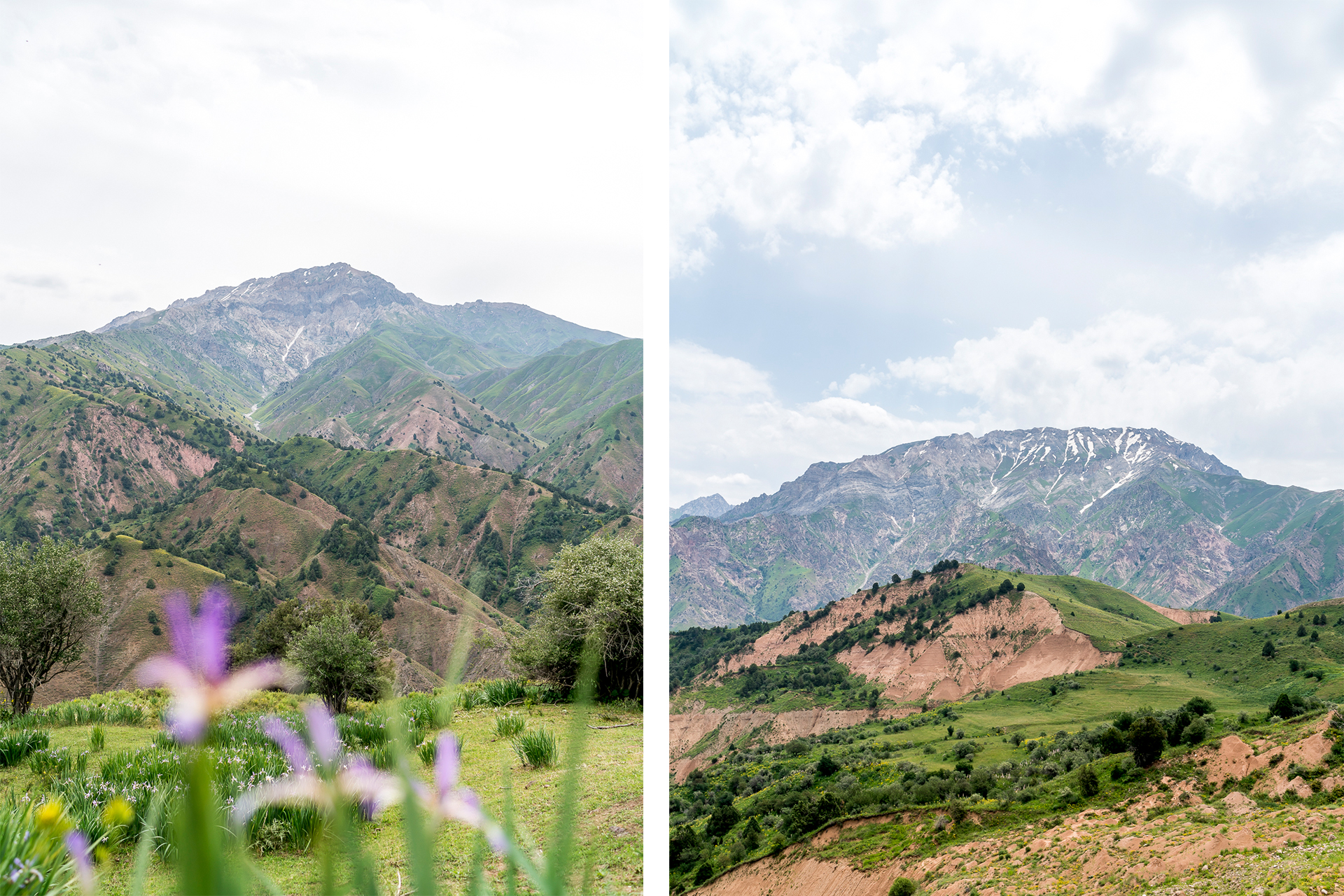
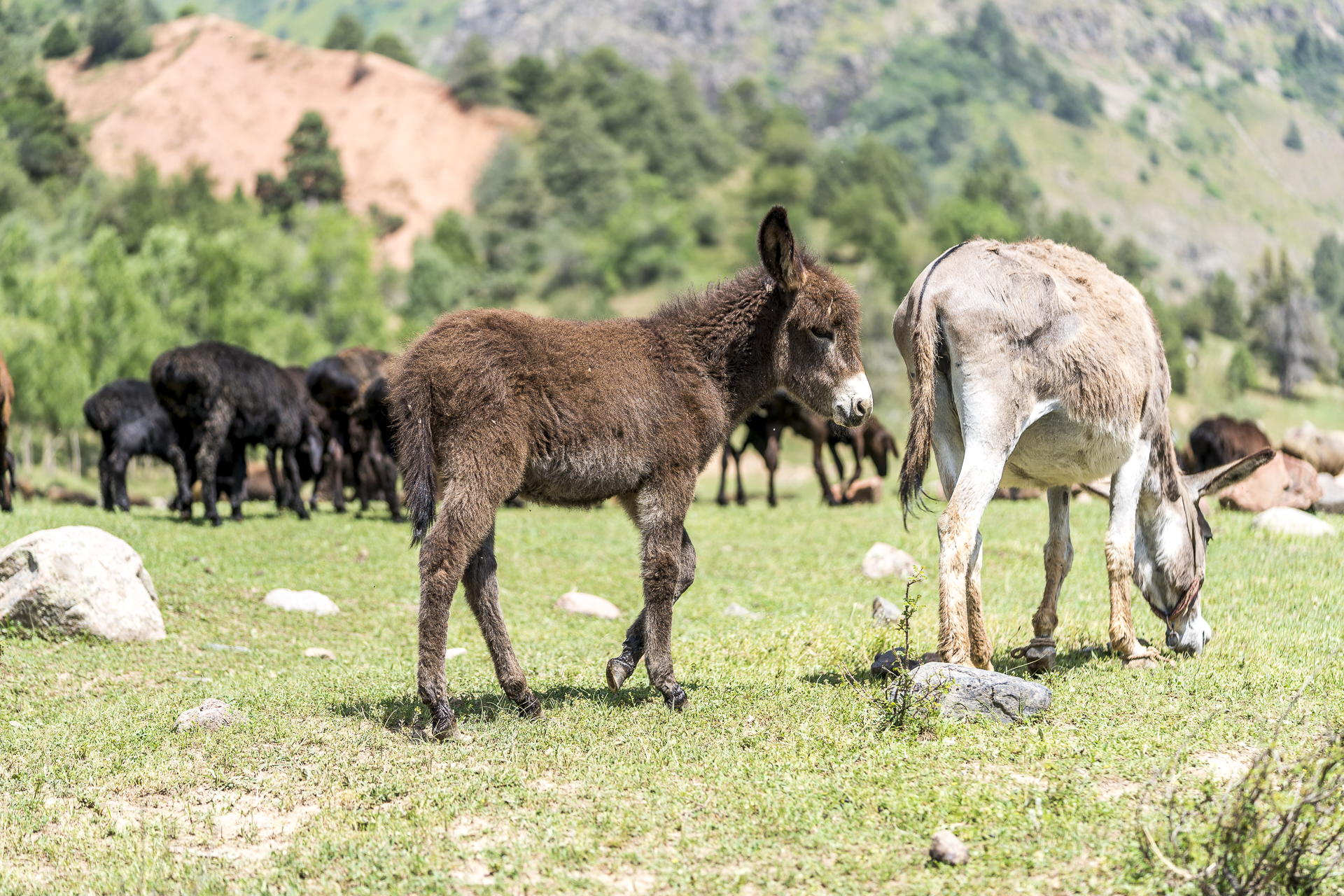
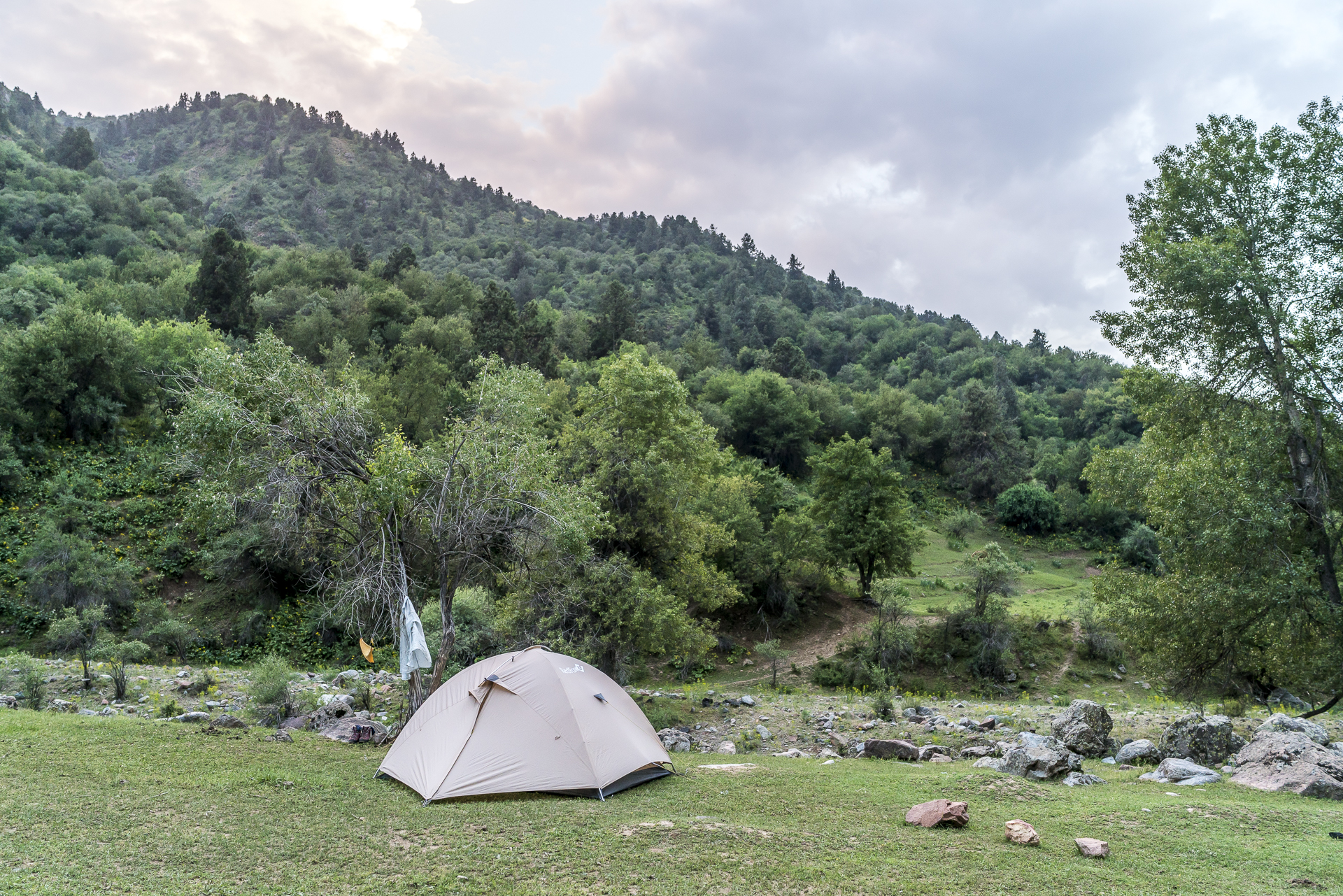

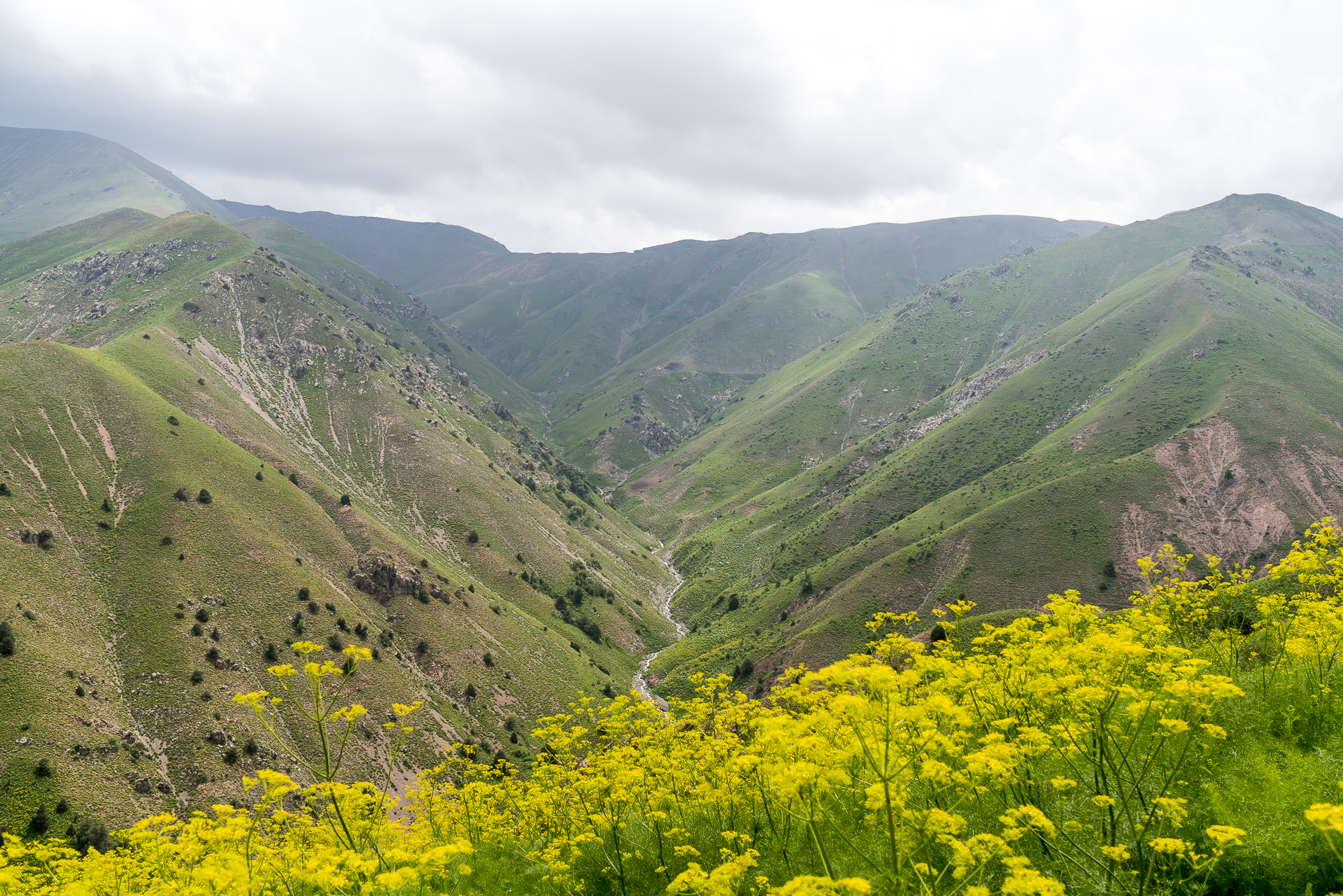
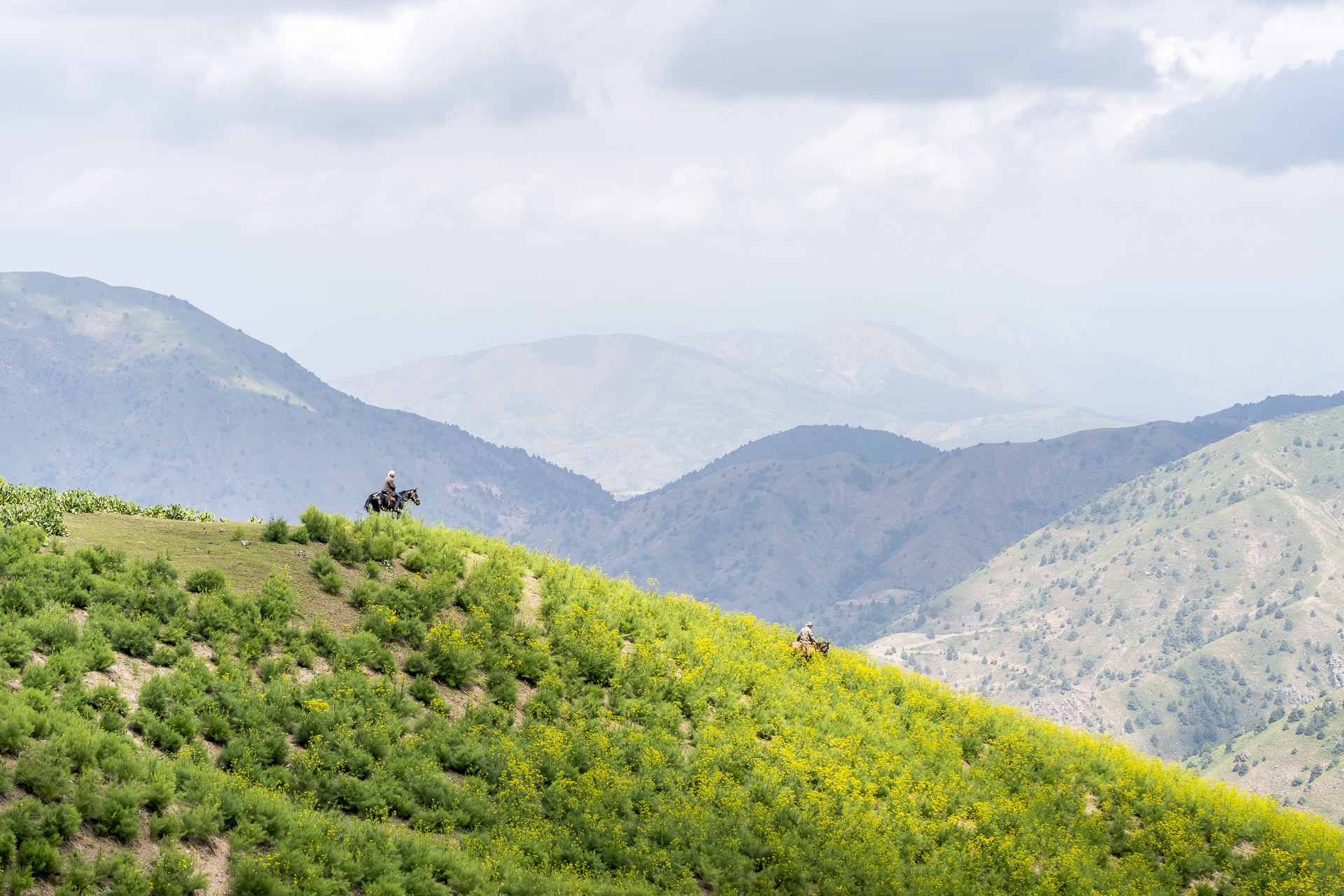

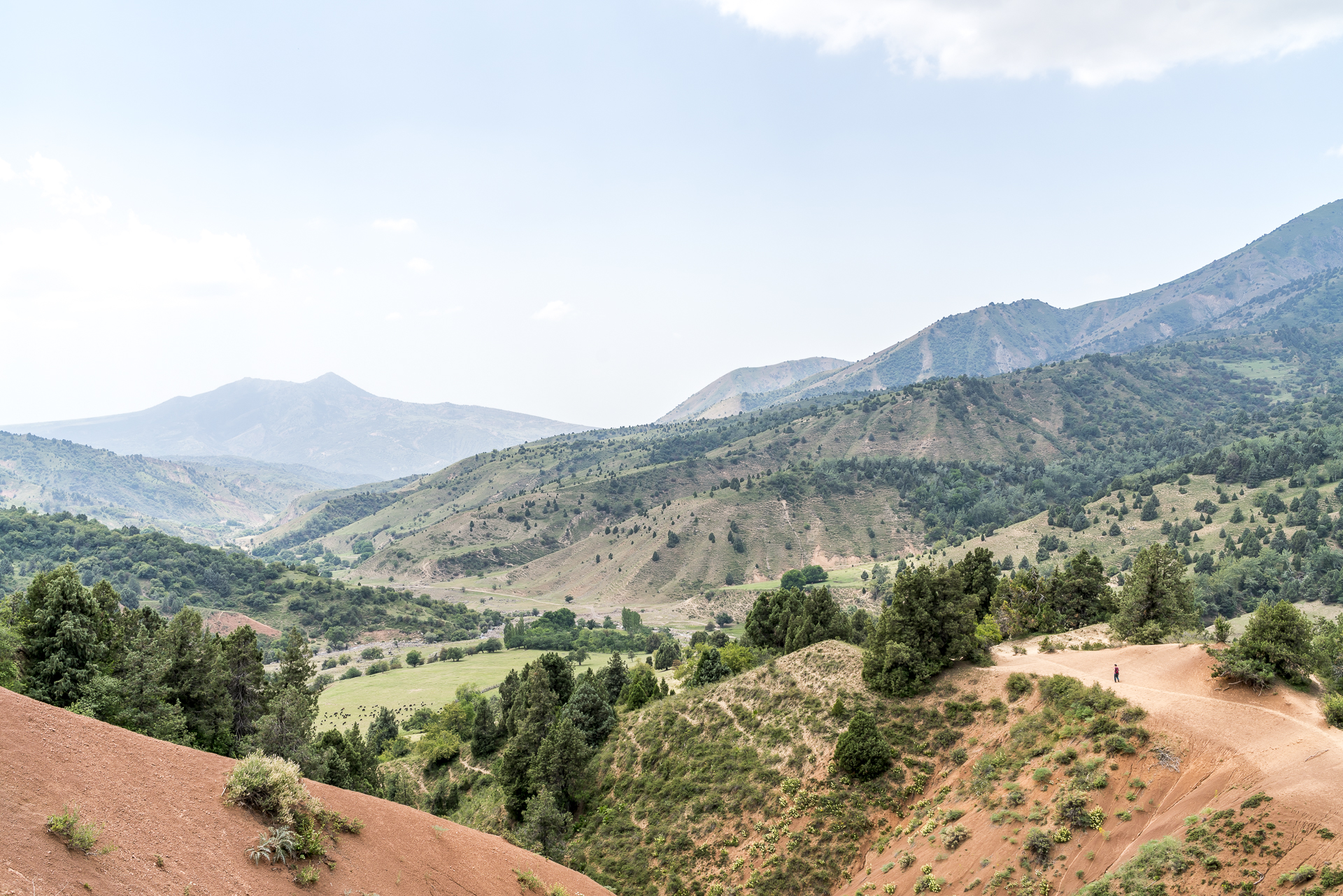
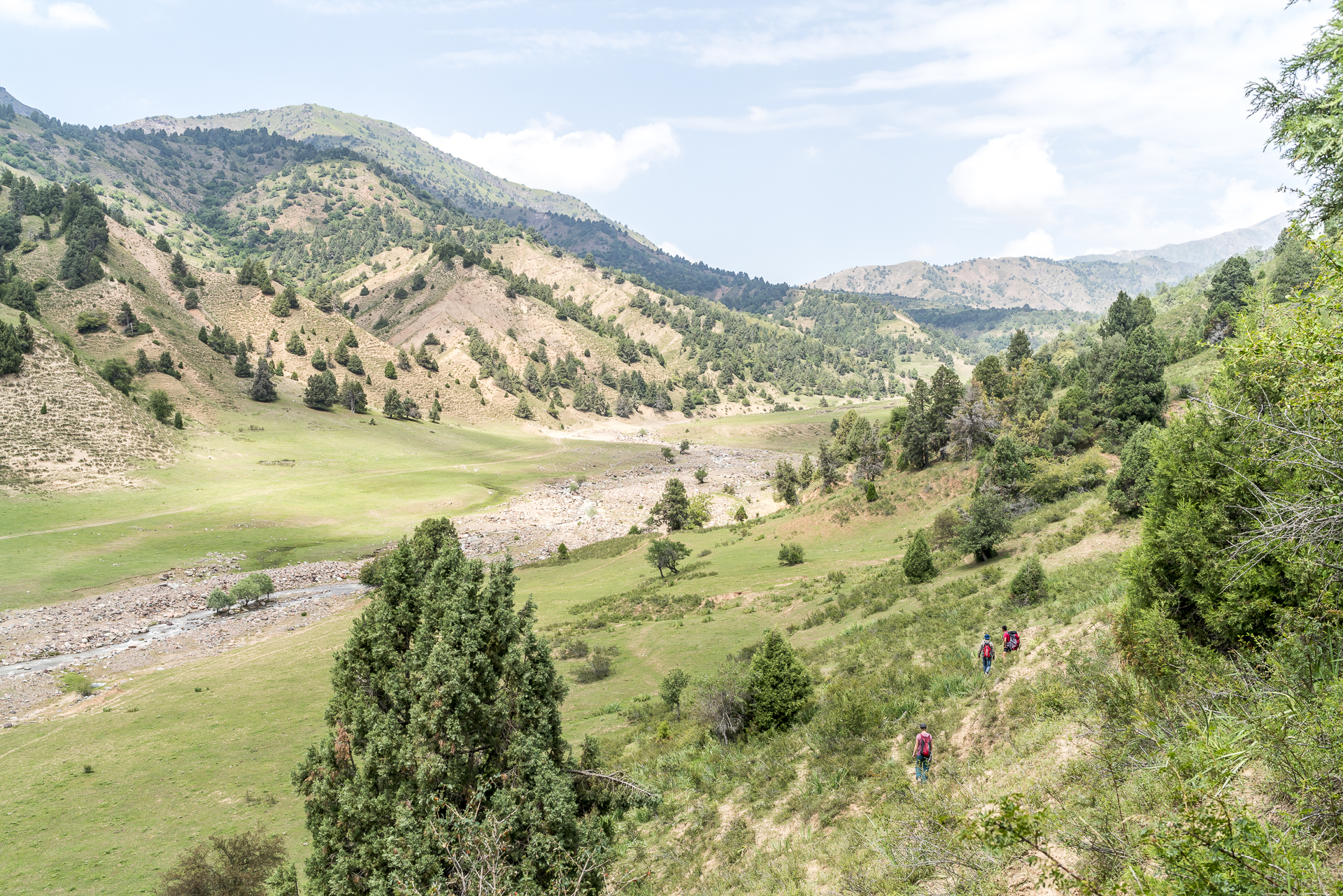
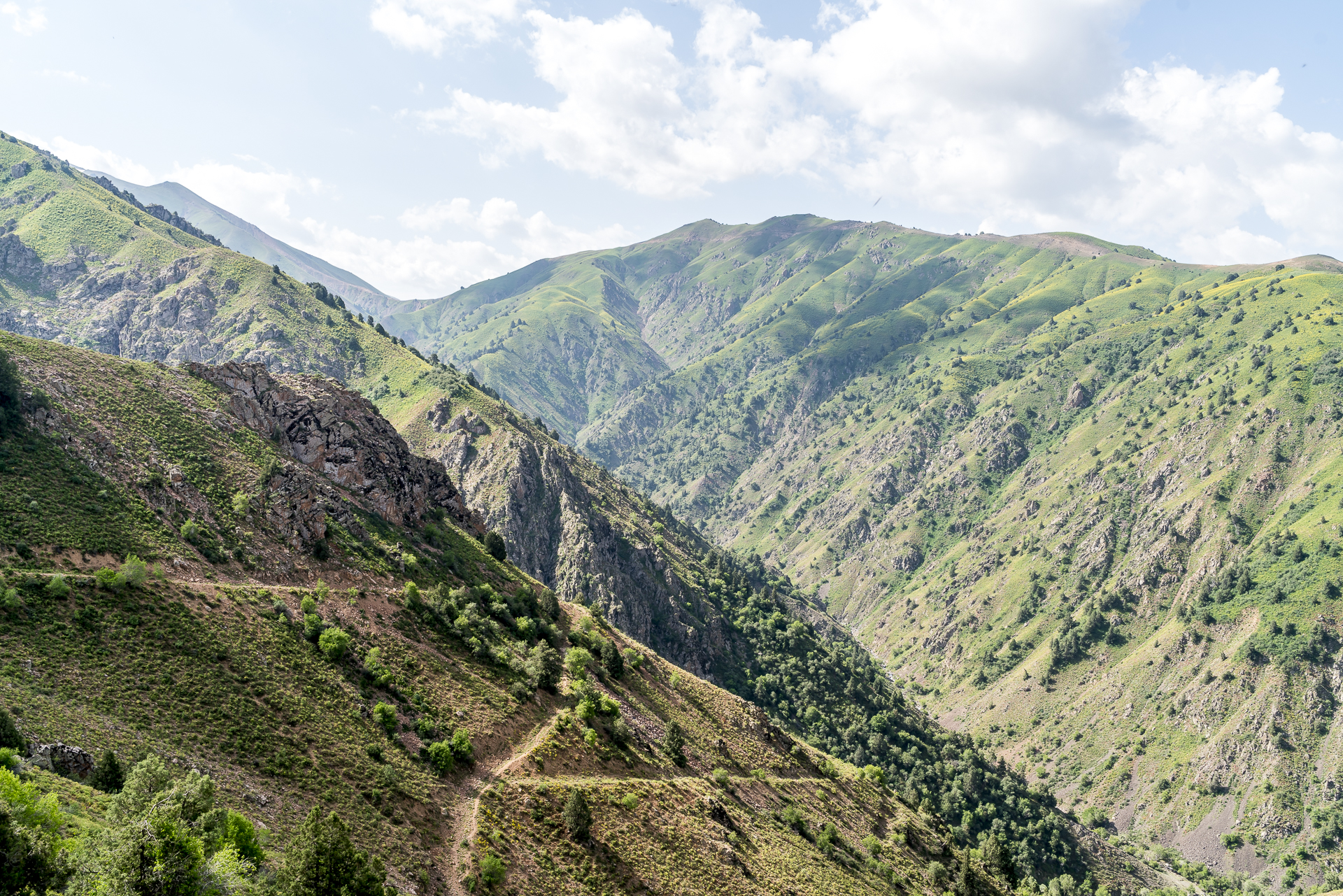
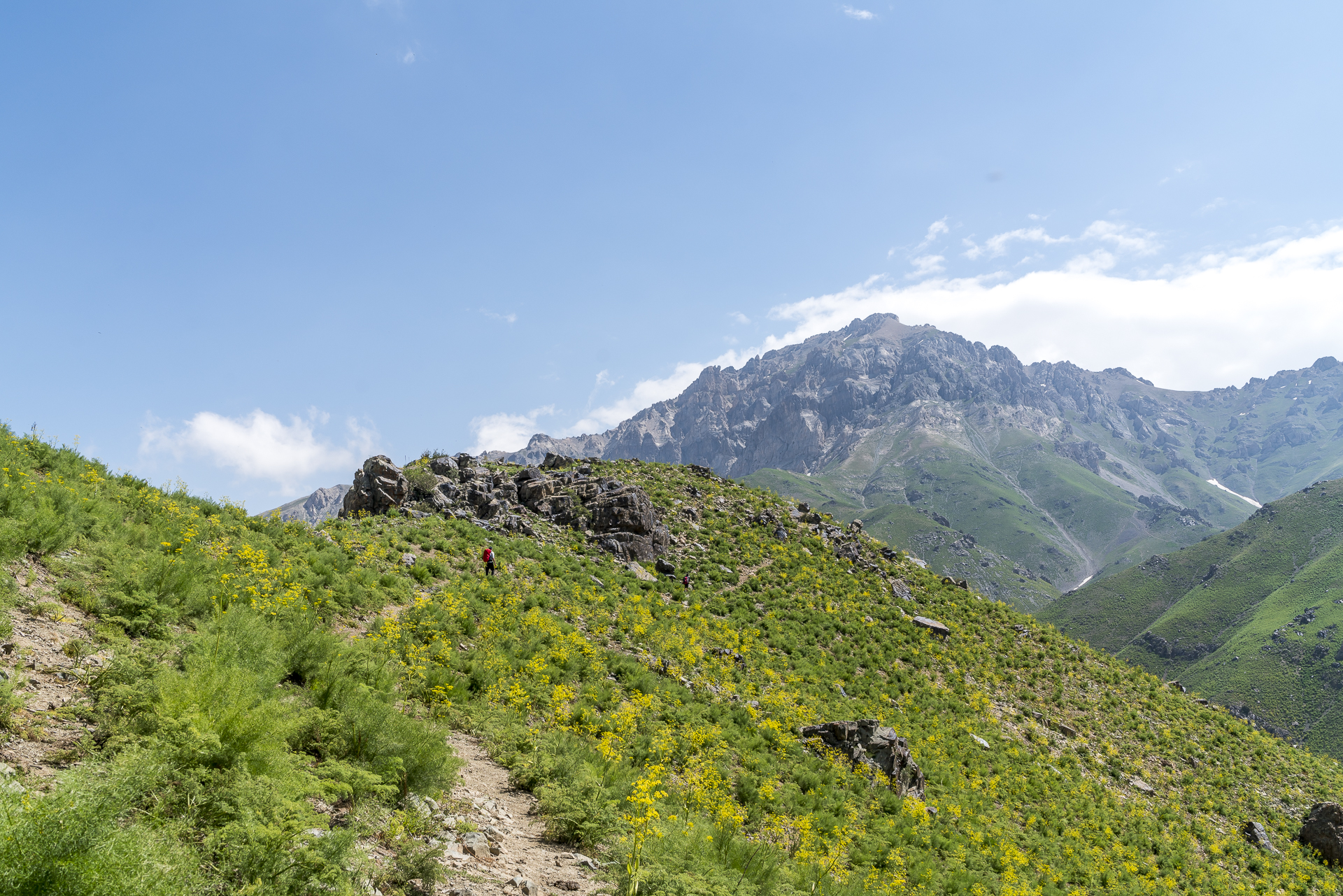
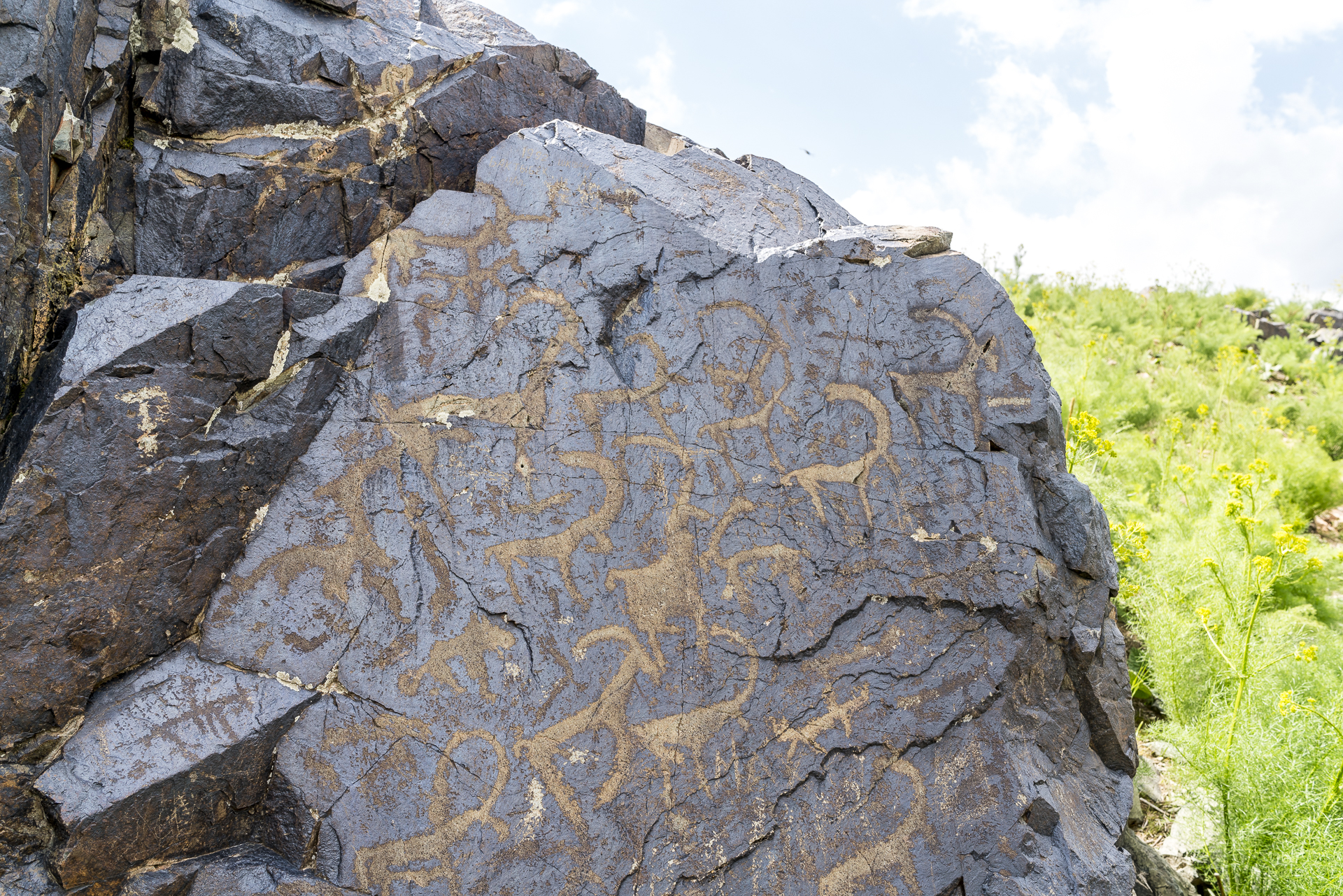
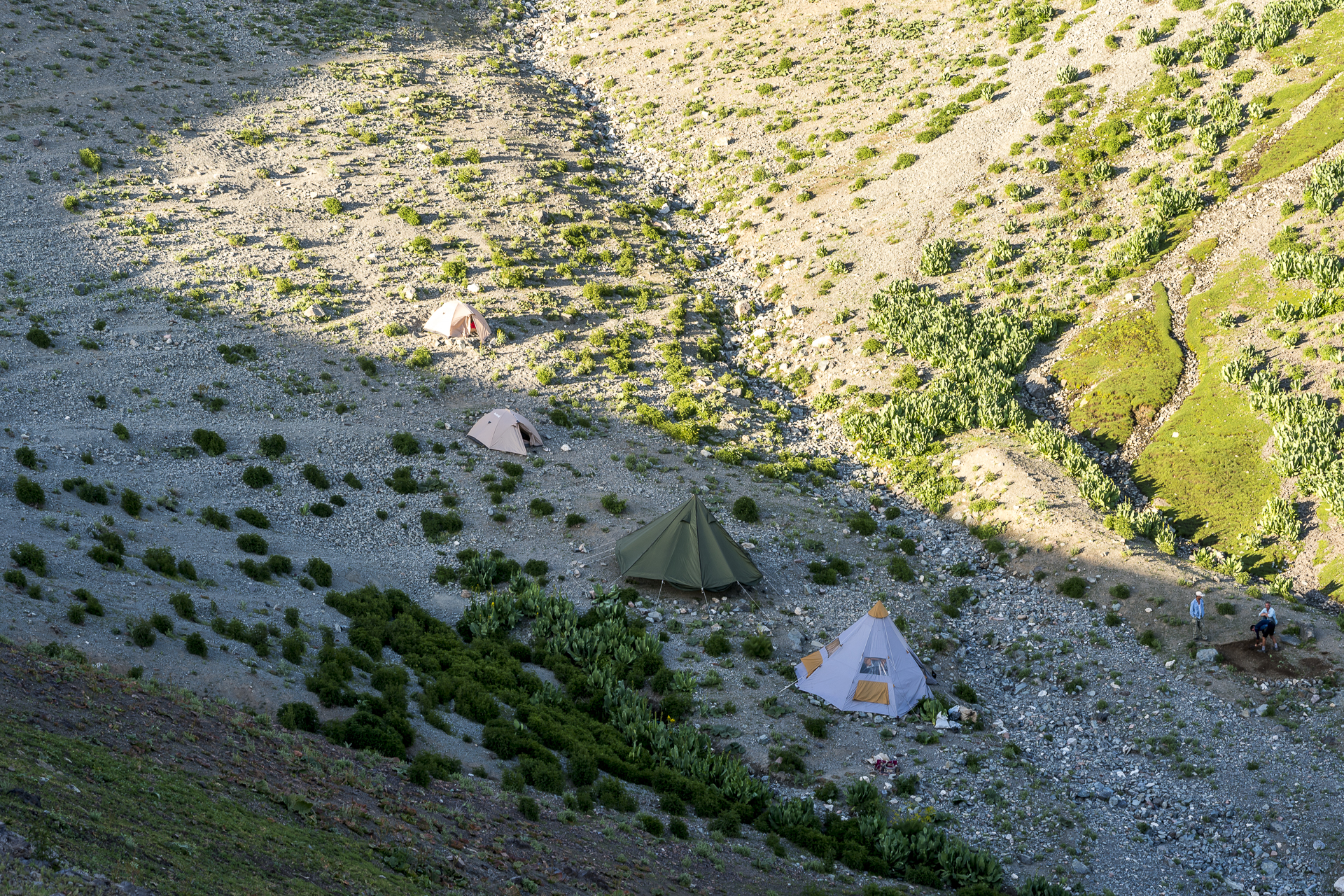
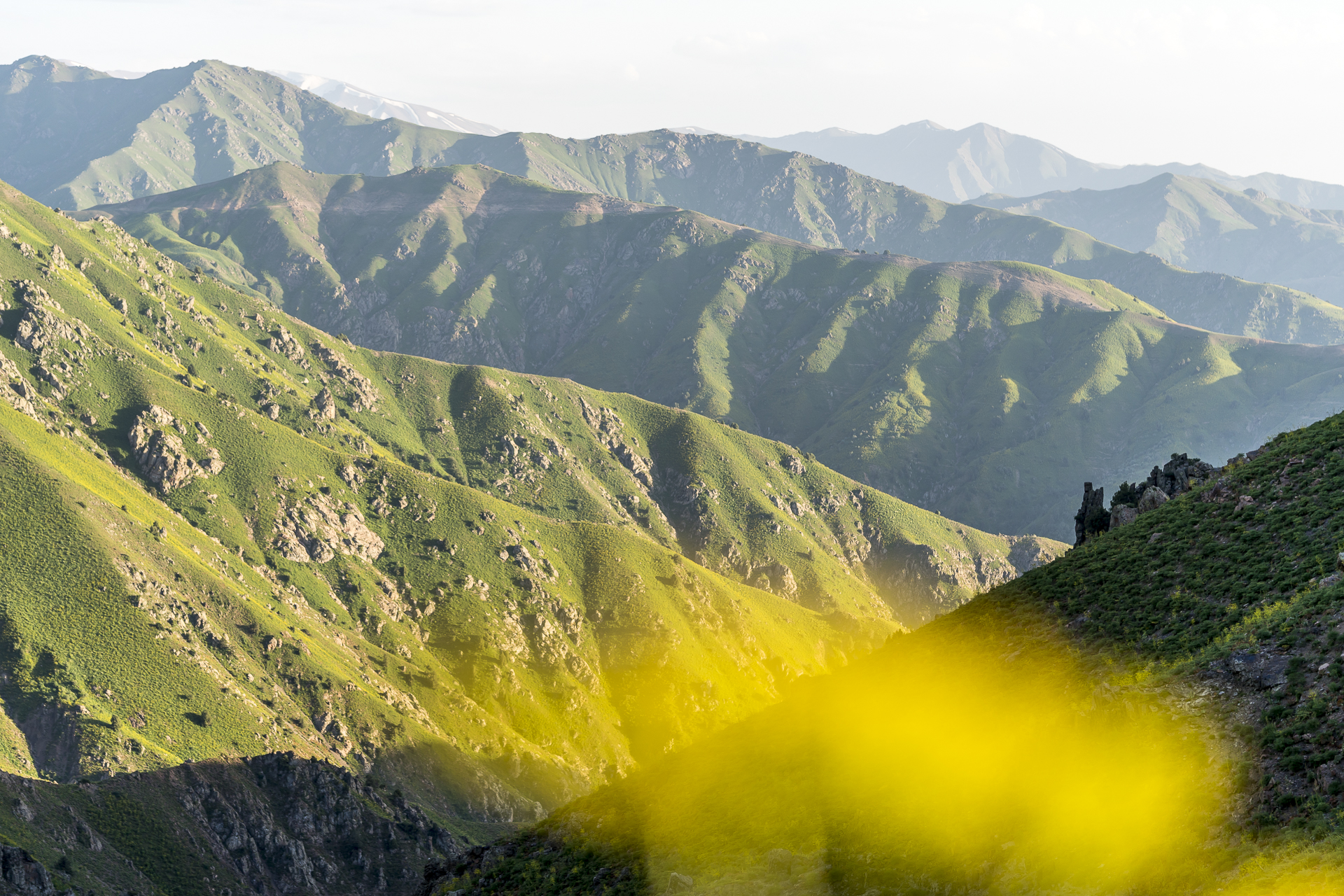

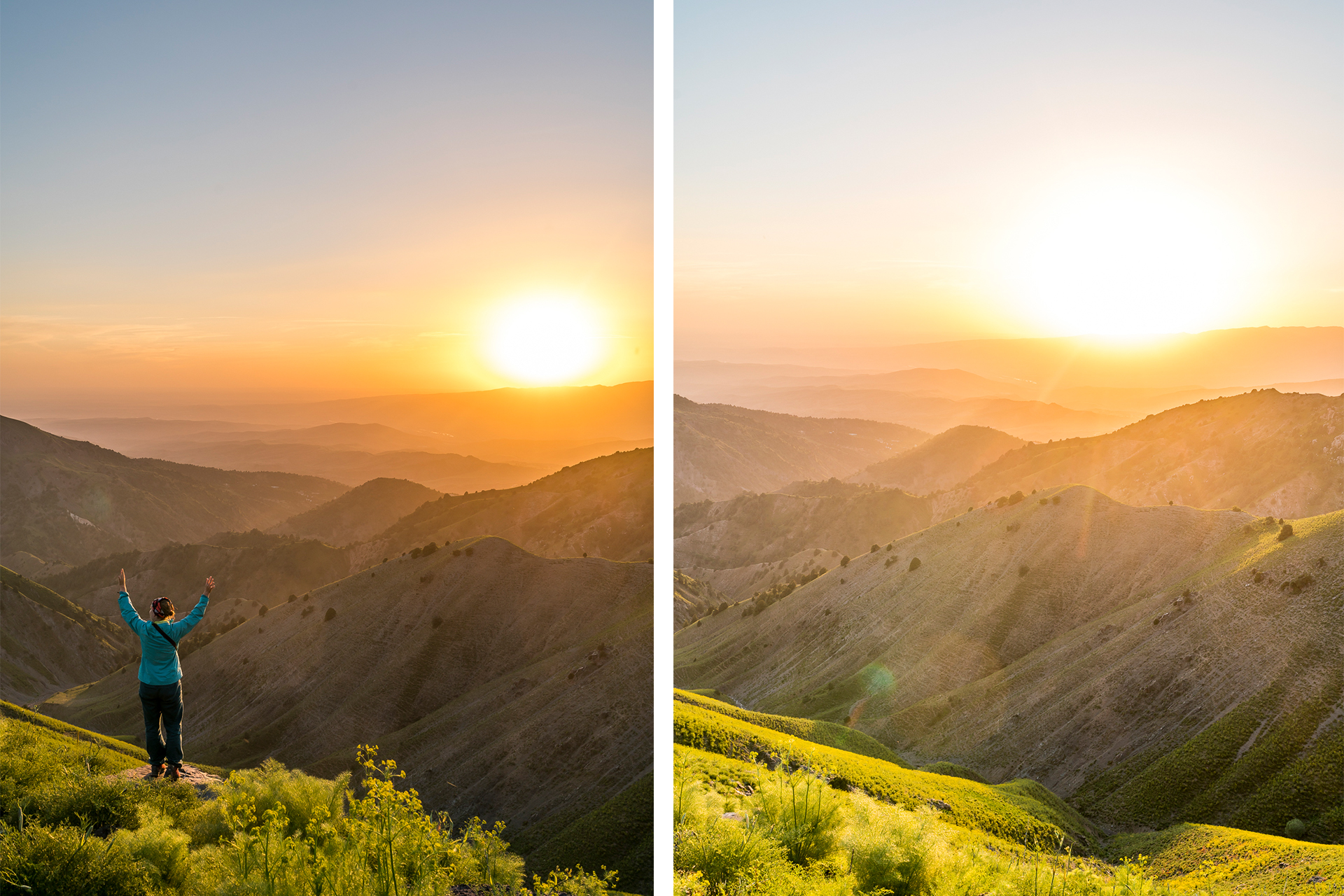
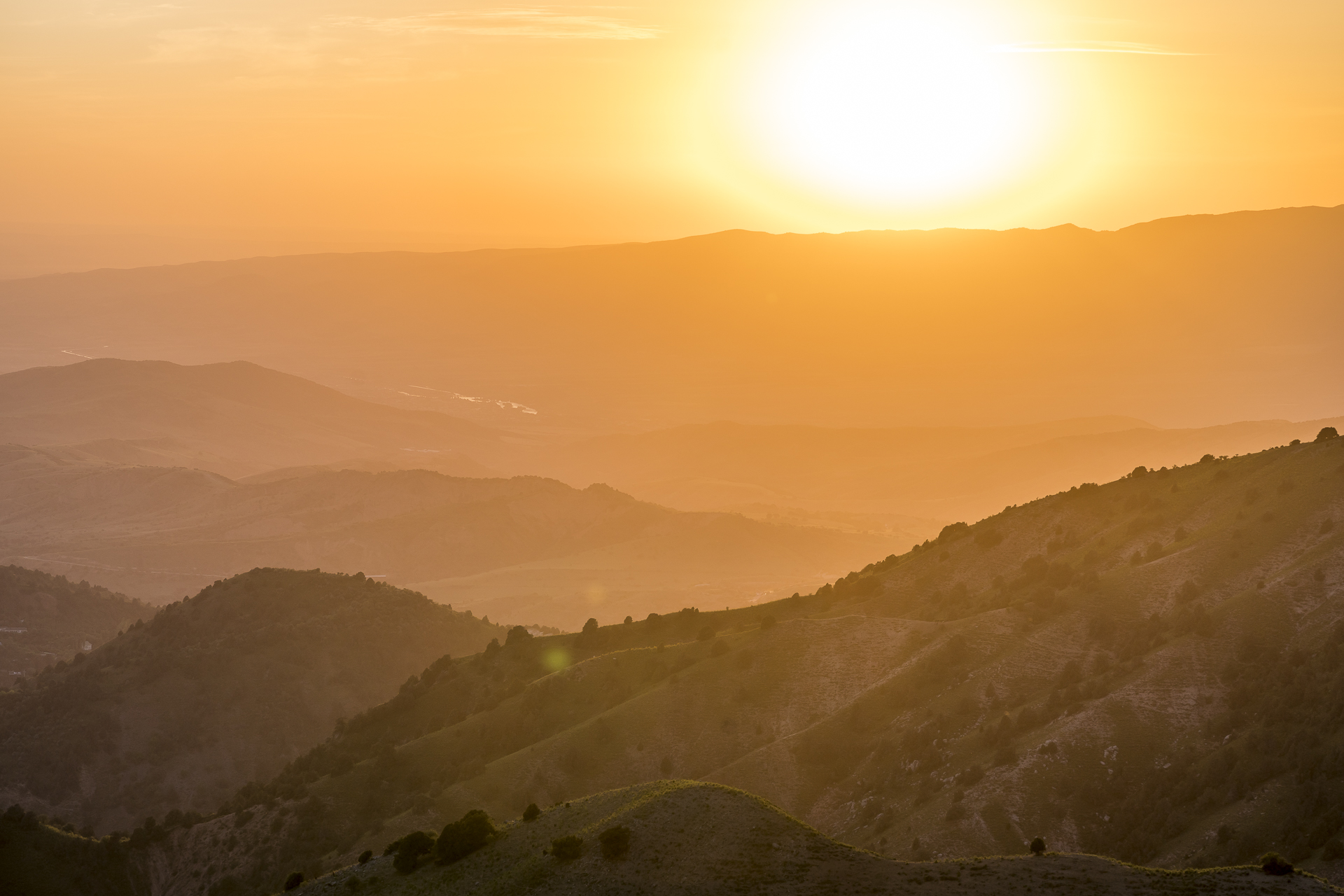

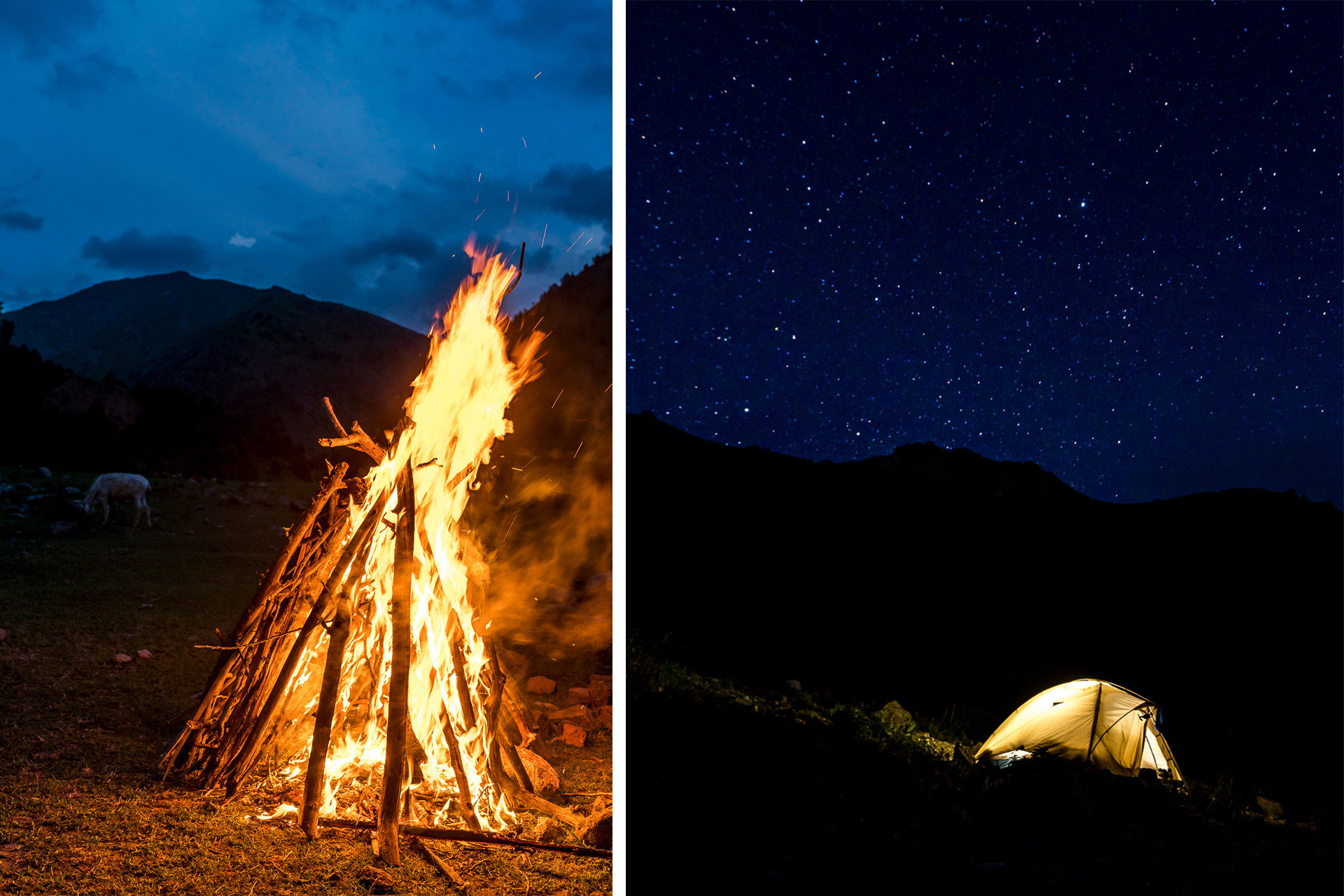
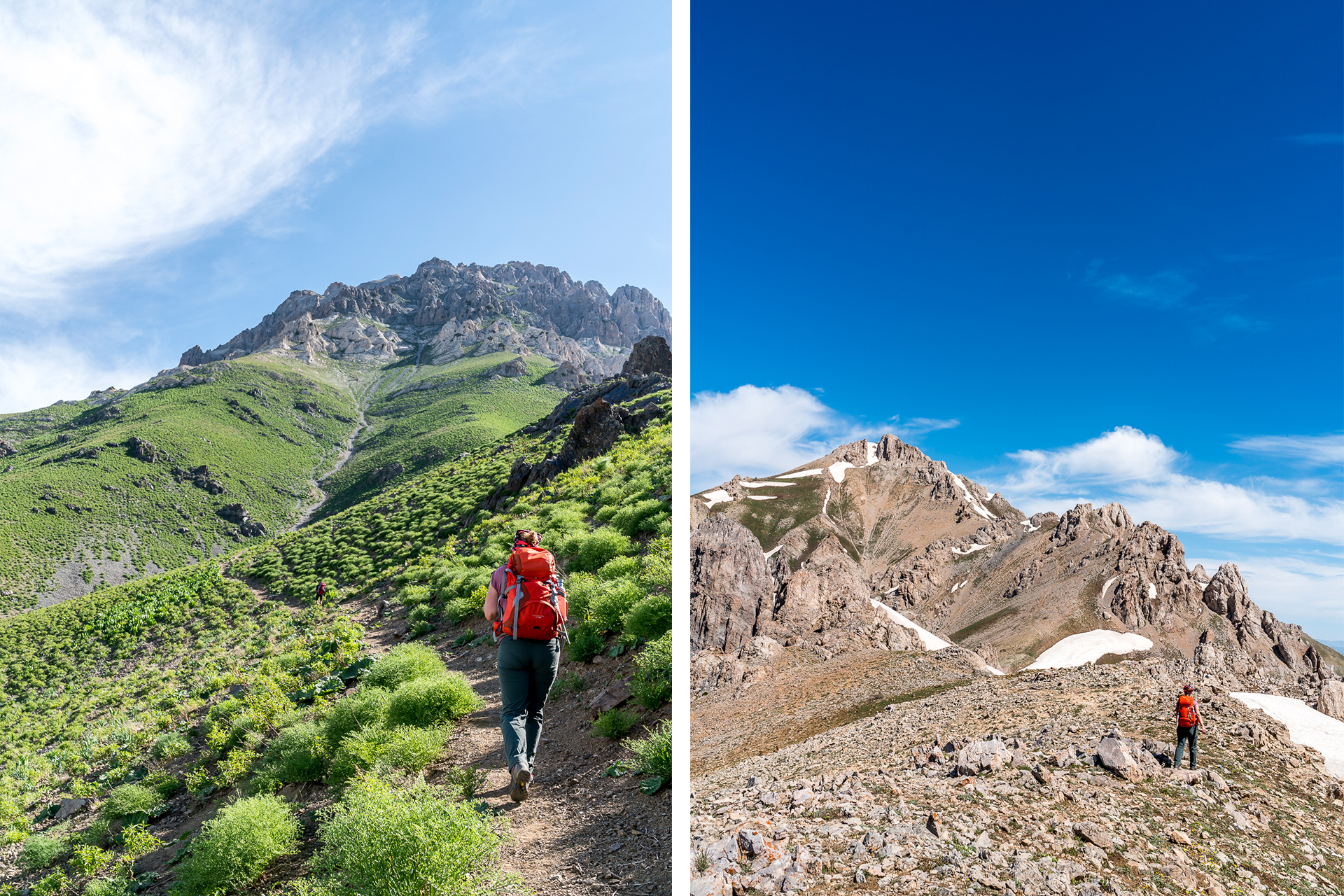
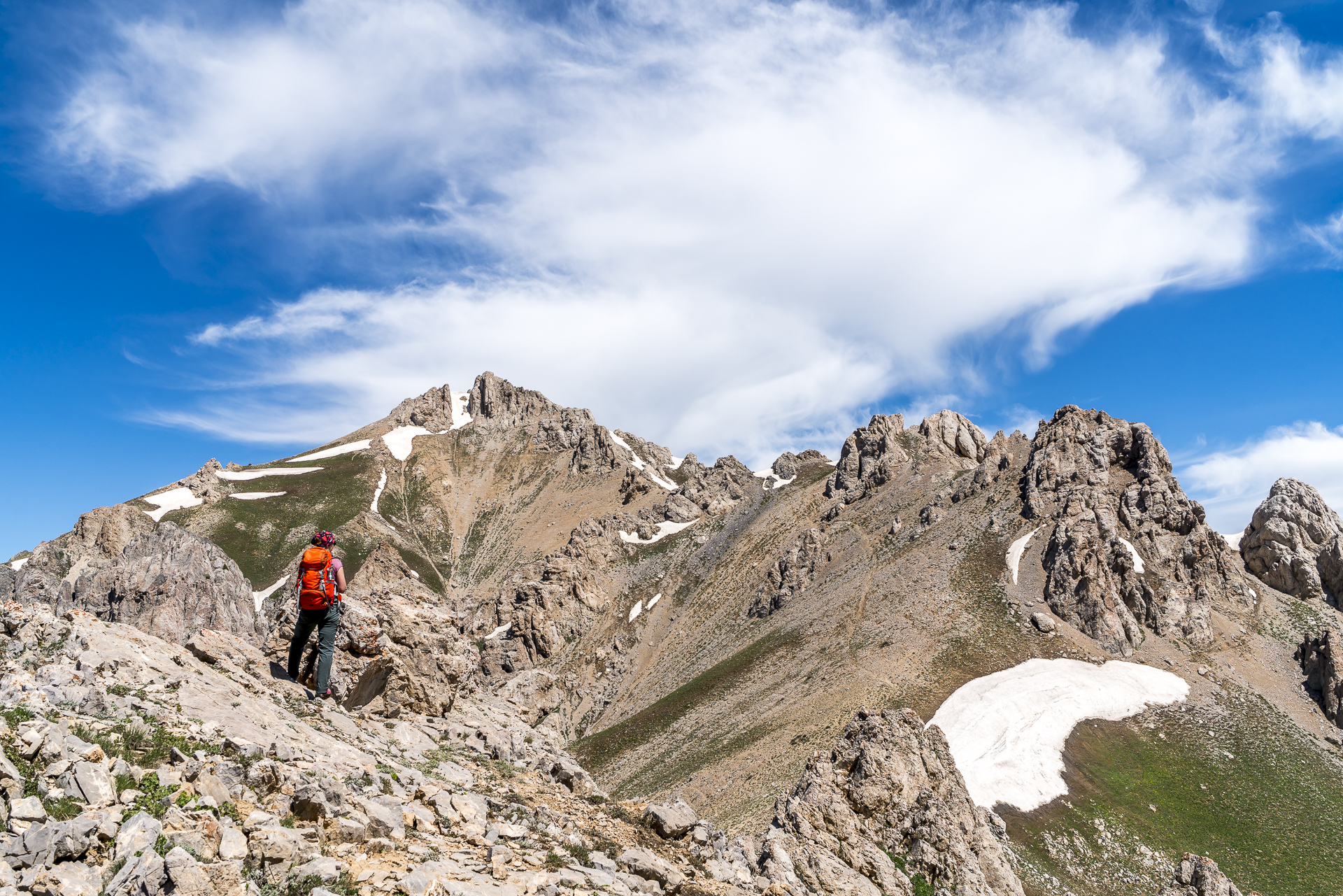
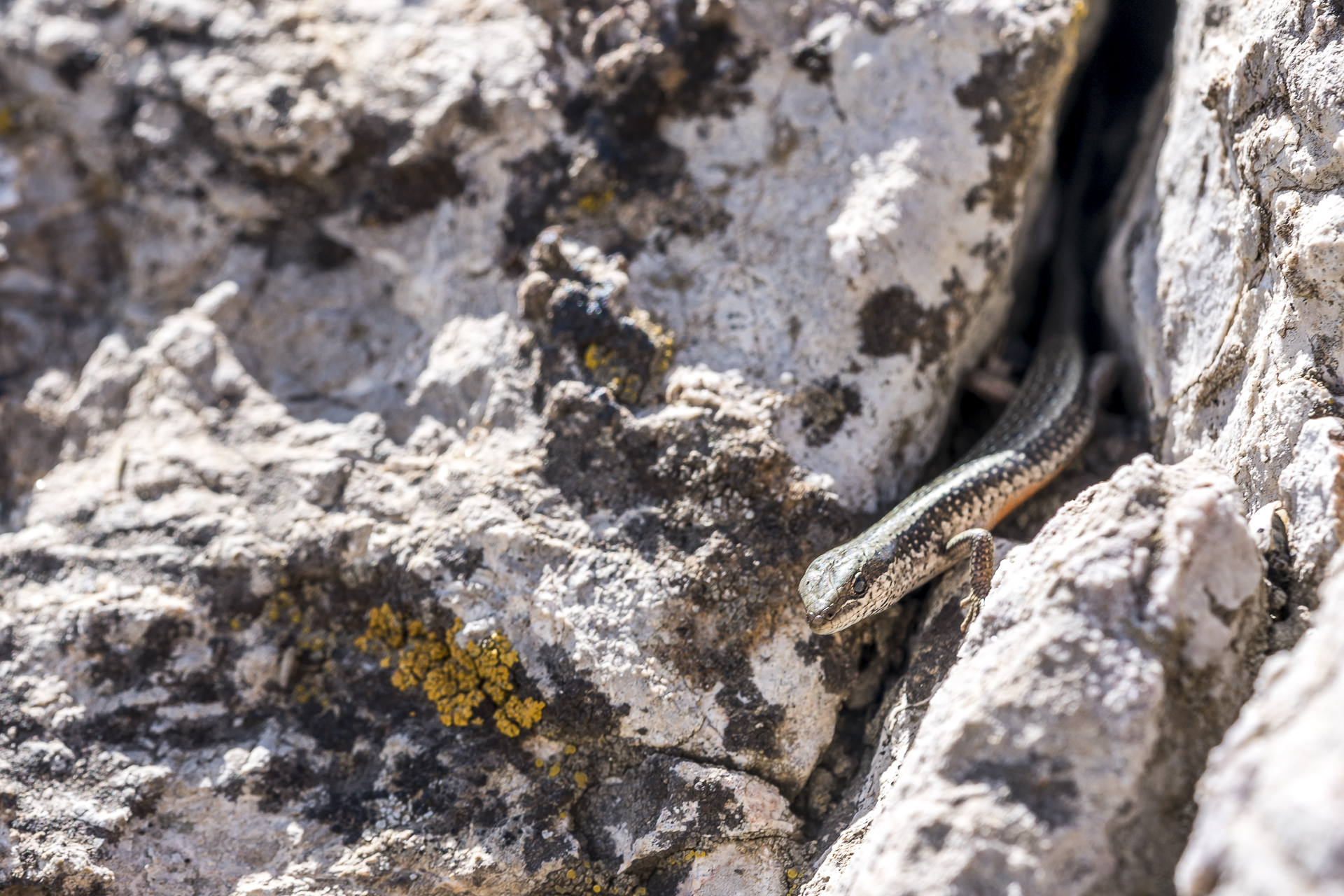
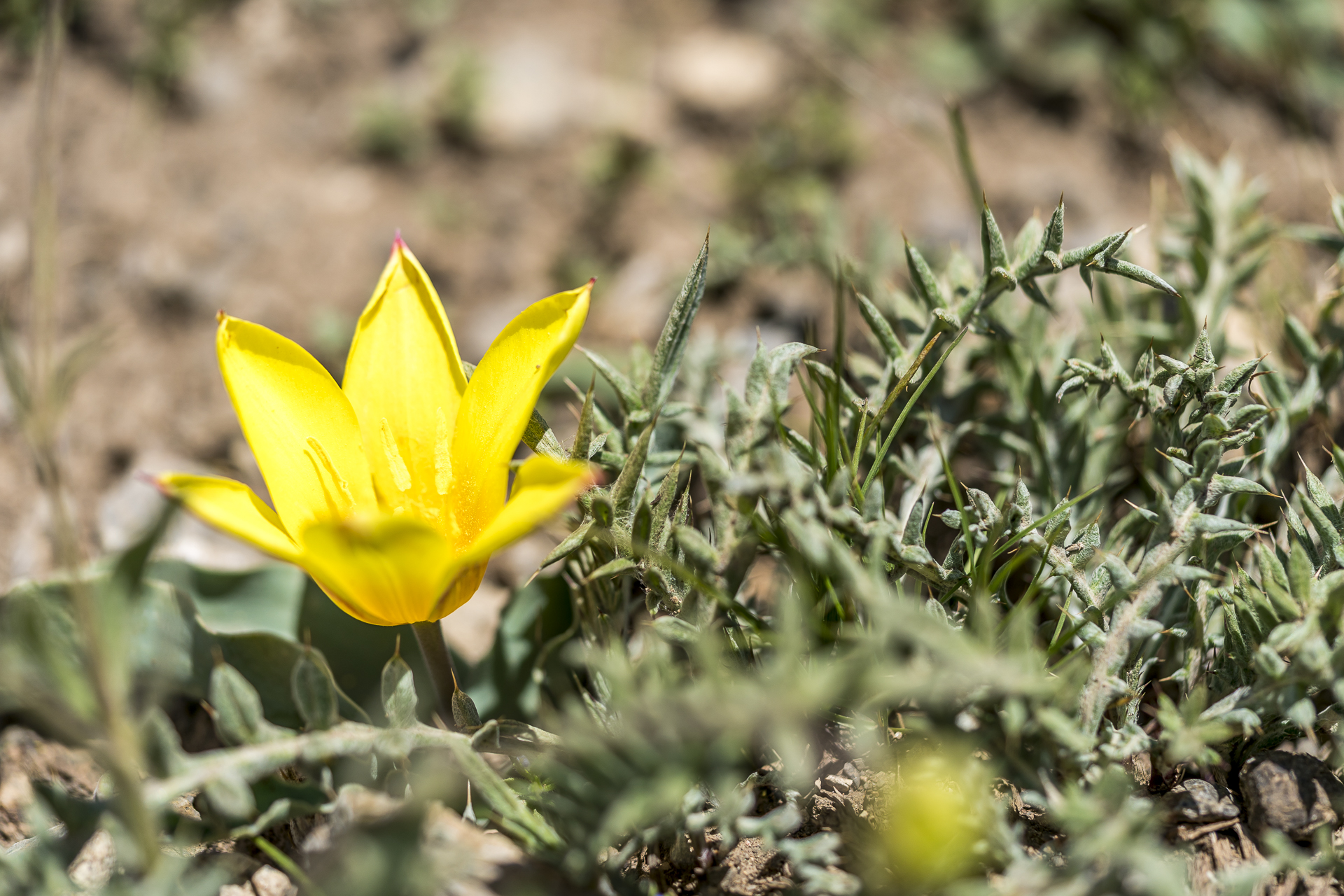
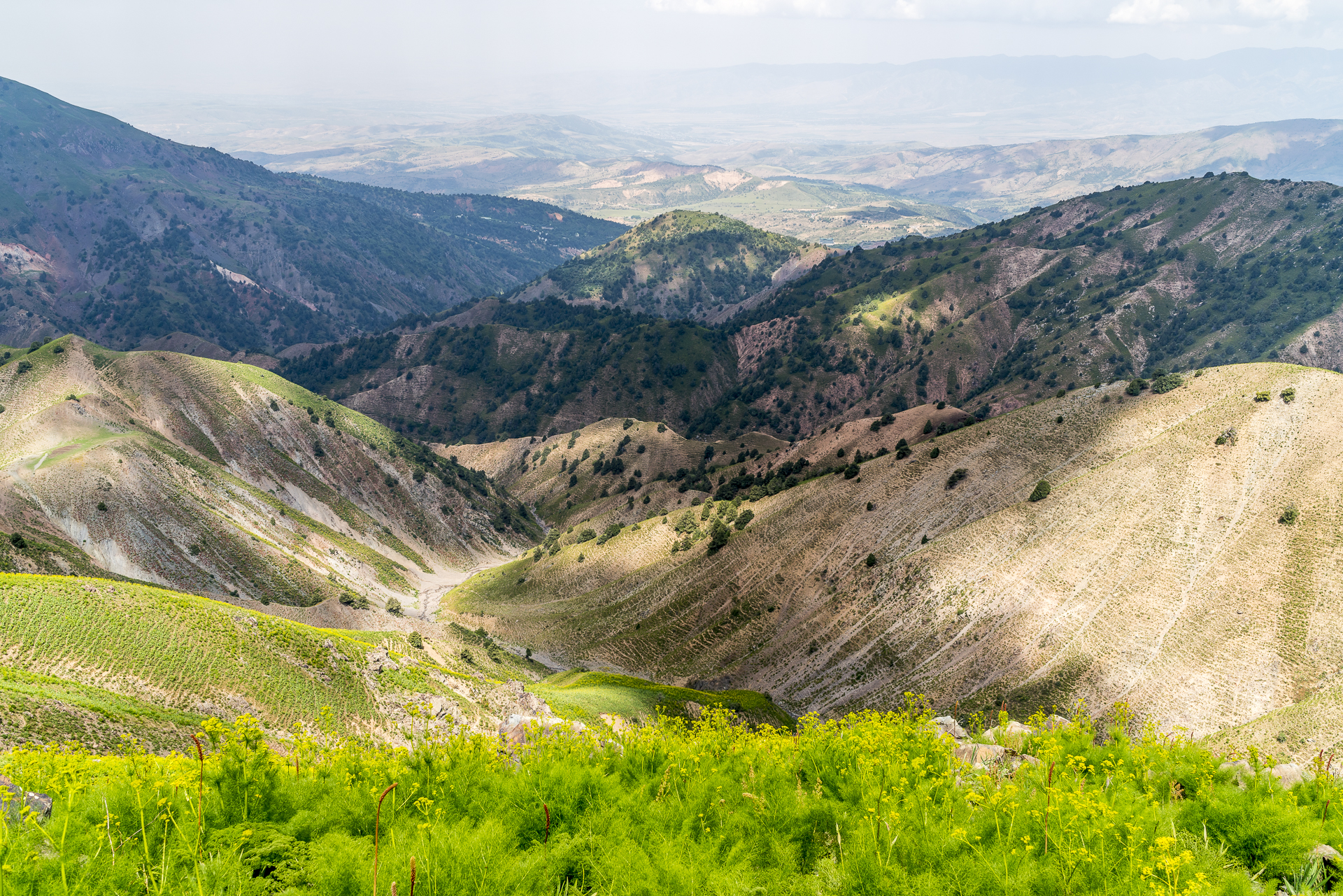
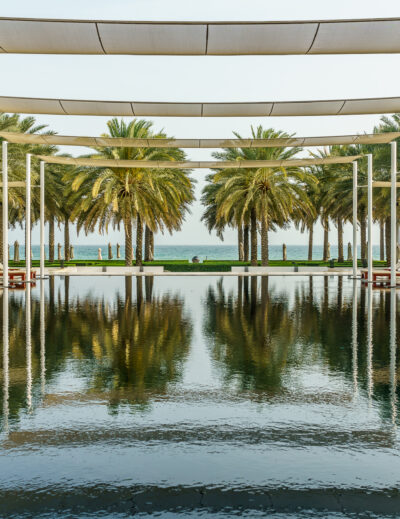
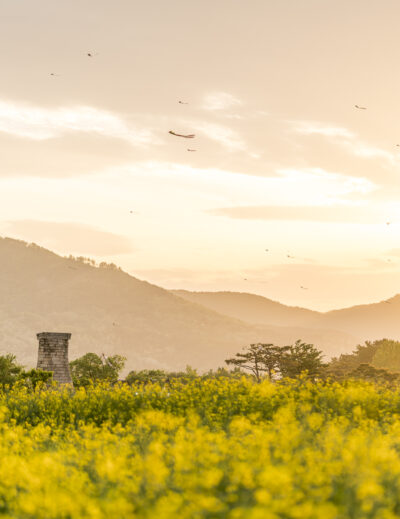
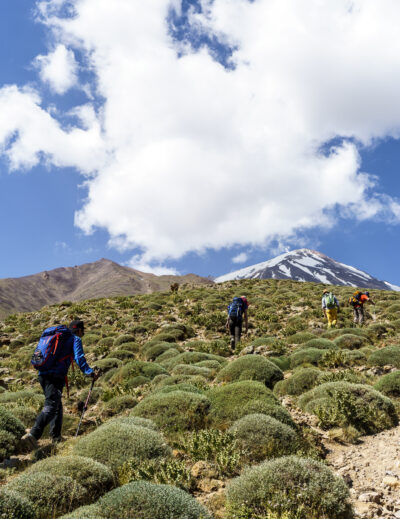
Leave a Reply